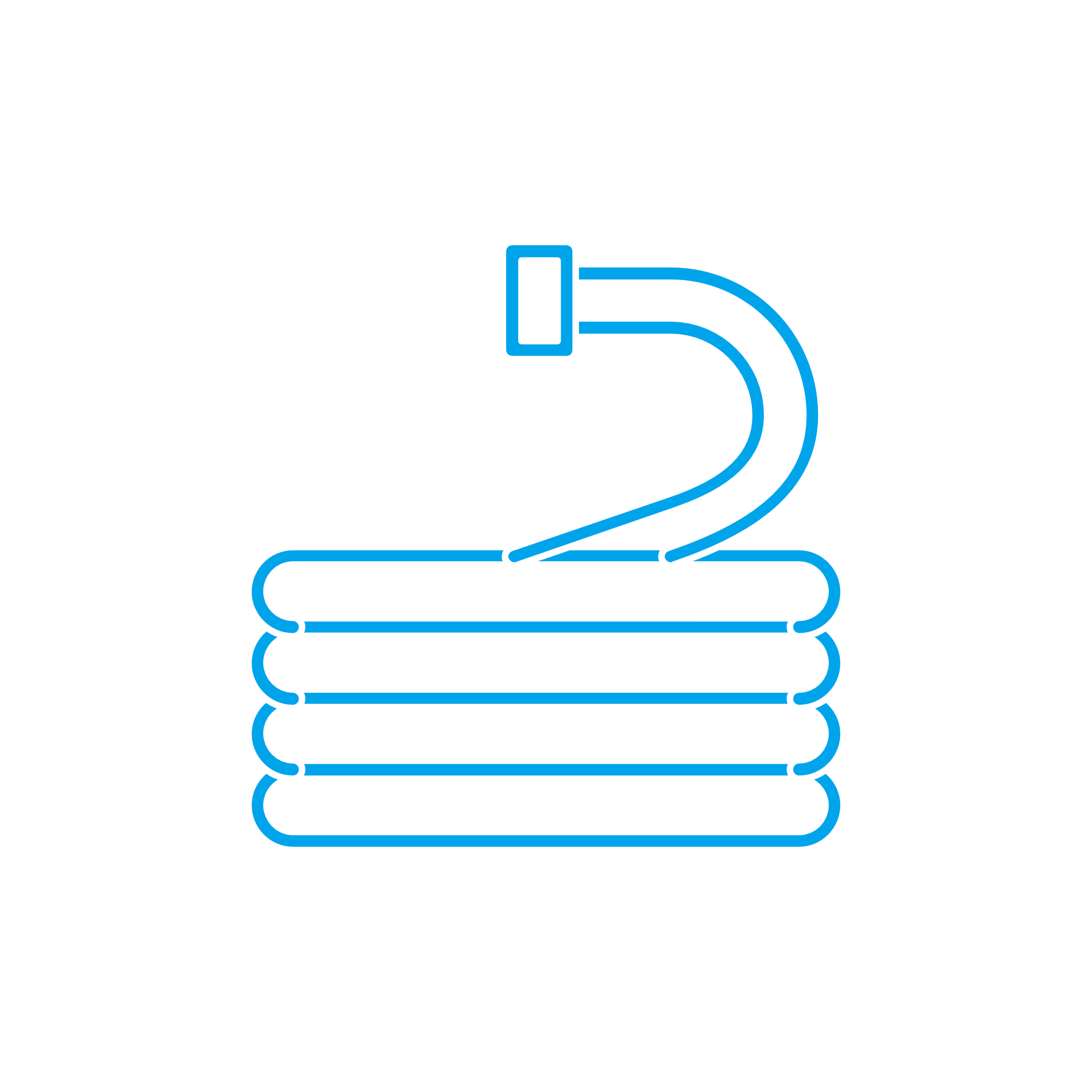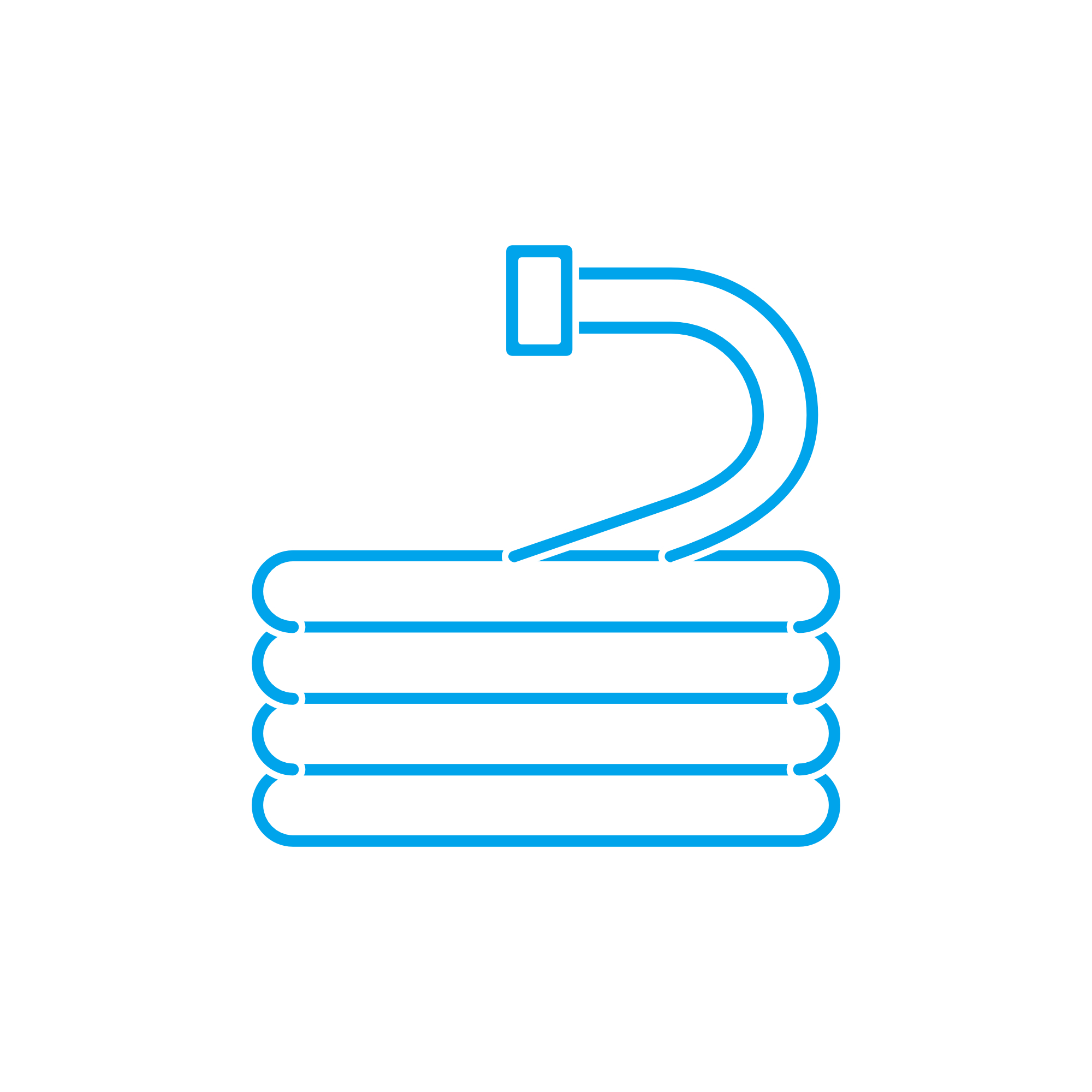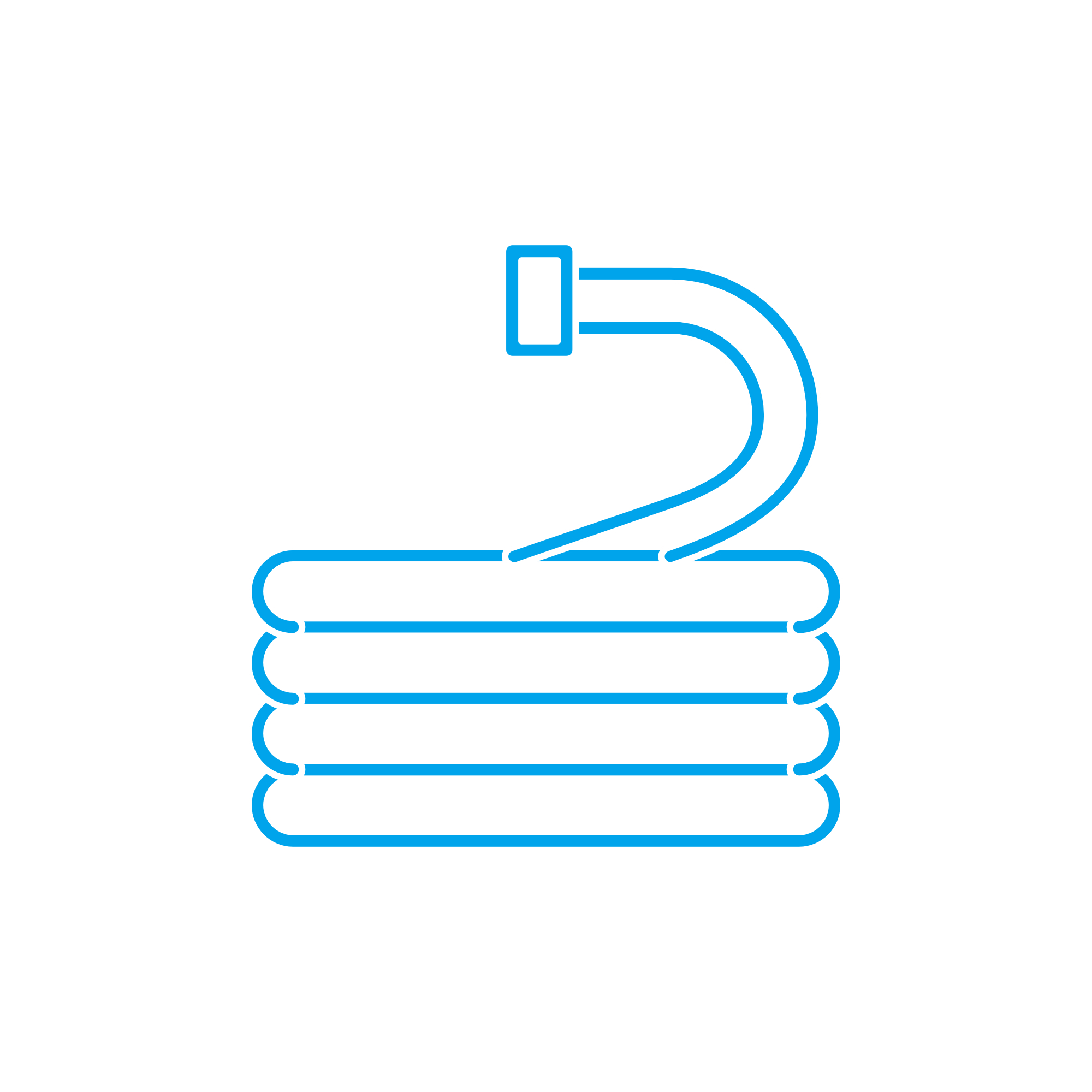PROTECTIVE HOSE
PROTECTIVE HOSE and Hoses for Diesel and Marine Engines
Hoses are flexible, pressure-rated conduits that route critical media—fuel, lubricating oil, coolant, air, and ventilation gases—through the engine and auxiliary systems. In marine and stationary power applications, they connect pumps, filters, coolers, heat exchangers, turbochargers, and tanks, enabling stable operation under heat, vibration, and corrosive environments. A PROTECTIVE HOSE or protective sleeve complements the hose assembly by shielding it from abrasion, radiant heat, and accidental contact, adding a crucial safety margin in confined engine rooms. Together, hoses and protective solutions are small components with outsized impact on uptime, efficiency, and safety.
For purchasers, shipowners, and technical decision-makers, selecting the right hoses is not only a sourcing task—it is a reliability decision. Compound chemistry, reinforcement design, end connections, permeability performance, and flame resistance determine whether a diesel engine or marine engine runs cleanly and efficiently day after day.
Technical function of Hoses and PROTECTIVE HOSE in marine engine and diesel engine systems
Hoses perform three core functions: transport, isolation, and protection. Fuel hoses deliver diesel from day tank to injection equipment while controlling permeation and dissipating static; coolant hoses circulate treated water or glycol between engine block, charge-air cooler, and heat exchanger; oil hoses feed bearings and turbochargers at stable pressure; air and charge-air hoses connect compressors, intercoolers, and intake manifolds, maintaining boost with minimal pressure drop. Each hose is engineered with a liner, reinforcement, and cover: the liner (e.g., NBR, FKM, PTFE, or silicone) ensures chemical compatibility and low permeation; reinforcement (textile braid, aramid, or steel wire) provides pressure and vacuum resistance; the cover resists oil, ozone, salt spray, and abrasion.
A PROTECTIVE HOSE for marine engine installations—often a braided glass fiber sleeve, basalt wrap, or aramid textile—adds thermal shielding near exhaust manifolds and turbochargers, mitigates chafe from vibration, and contains spray in the event of a pinhole leak. In diesel engine compartments, protective hose sleeves help maintain safe surface temperatures and reduce the risk of fuel mist ignition by providing a physical barrier. When sourced as PROTECTIVE HOSE OEM parts, sleeves are dimensioned to the hose OD and bend profile, ensuring they remain in place and do not interfere with clamps or quick-connects.
- · Engineered liners for fuel, oil, coolant, and air compatibility
- · Reinforcement matched to pressure, vacuum, and pulsation loads
- · Low-permeation designs for emissions and odor control
- · Conductive paths to dissipate static in fuel transfer
- · Tight, specified bend radius for compact engine rooms
- · Abrasion- and ozone-resistant covers for long service life
- · Heat shields and PROTECTIVE HOSE sleeves near hot surfaces
- · Secure end connections: swaged fittings, clamps, quick-couplers
- · Compliance options for marine fire and fuel standards when specified
Well-engineered hose assemblies minimize pressure losses, stabilize temperature control, prevent aeration, and protect adjacent components from heat and leaks—directly supporting engine performance and efficiency.
Why Hoses with PROTECTIVE HOSE are critical for reliability and service life
Hoses age from heat, chemical exposure, movement, and UV/ozone. As compounds harden or swell, flow can be restricted and sealing integrity degrades. On a marine engine, a compromised coolant hose risks rapid overheating and head gasket damage; a weakened fuel hose can cause micro-leaks, air ingress, rough running, or—worst case—spray fire. Oil line failures starve turbochargers and bearings, while charge-air hose leaks reduce boost pressure, increasing specific fuel consumption and emissions.
Typical failure modes include cover cracking, blistering from incompatible fuels (e.g., high biodiesel blends), reinforcement fatigue, bulging, clamp creep, and chafe-through at vibration contact points. Absent a properly sized PROTECTIVE HOSE sleeve, even a compliant hose can wear prematurely where it touches brackets or piping. The result: unplanned downtime, cleanup costs, classification non-compliance, and shortened engine life. Proactive selection of the correct hose family and protective sleeve significantly extends service intervals and stabilizes operating margins.
Advantages of OEM spare parts suitable for Hoses and PROTECTIVE HOSE OEM parts
Choosing OEM spare parts suitable for Hoses ensures the assembly you install matches the engine-maker’s dimensional tolerances, compound recipes, and test criteria. That precision matters: mismatch in ID, wall thickness, or crimp geometry alters flow, pressure capability, and sealing forces. With PROTECTIVE HOSE OEM parts, sleeve thickness, weave density, and temperature rating are aligned to the heat flux of the intended zone, avoiding slippage or over-insulation.
Key advantages for performance, reliability, budget, and service life include:
- · Verified pressure, temperature, and permeation ratings for the specific engine family
- · Material compatibility with diesel, HFO, low-sulfur fuels, coolants, and synthetic oils
- · Consistent crimp diameters and end fittings for leak-free installation
- · Correct bend radius and length, reducing stress and vibration load
- · Flame-retardant covers and sleeves sized for engine-room hotspots
- · Traceable production and batch testing for predictable service life
- · Faster installation and fewer reworks, lowering total maintenance cost
- · Integrated kits (hose plus PROTECTIVE HOSE) for critical circuits
In short, OEM spare parts suitable for Hoses protect performance metrics—fuel efficiency, emissions, and thermal stability—while reducing downtime risk and safeguarding budgets through longer, predictable intervals between change-outs.
MOPA: fast, secure supply of OEM parts and PROTECTIVE HOSE for diesel and gas engines
MOPA is an experienced partner for sourcing OEM spare parts Hoses and PROTECTIVE HOSE across leading diesel and gas engine platforms. We combine speed and technical rigor: short lead times from a curated supplier network, documented specifications, and a secure, traceable supply chain. Our team cross-checks engine serial numbers, installation constraints, and classification requirements to deliver the right hose assembly and sleeve on the first shipment.
Whether you need fuel hose sets for a main propulsion unit, silicone charge-air couplers with heat shields for a genset, or coolant hoses preformed to tight radii, MOPA aligns quality and logistics. Expect responsive quotations, reliable packaging for maritime transit, and clear documentation to support maintenance records and audits.
Conclusion: Hoses and PROTECTIVE HOSE for peak performance
Hoses—and the correct PROTECTIVE HOSE—are foundational to safe, efficient engine operation. Specifying and installing OEM spare parts suitable for Hoses preserves performance, extends service life, and protects your maintenance budget.
Partner with MOPA to source the exact OEM parts you need for diesel and gas engines, delivered with speed, quality, and security.

Excellent Protective Hose with Comparison Number 0001561115Introducing the new product, the protective hose with comparison number 0001561115. This component impresses with top-quality and precise fit. The protective hose belongs to the group of hoses and is ideally suited for specialized applications.Optimal Fit for MTU EnginesThe protective hose is compatible with MTU engines and offers outstanding functionality in marine and stationary applications. Our OEM spare parts are known for their durability. When choosing between OEM spare parts and aftermarket parts, the decision is clear: OEM stands for manufacturer parts, while aftermarket often merely provides replicas.

Protect Your Engines with Our Protective HoseDiscover our premium protective hose with the comparison number 0001561415, optimally suited for the performance and longevity of your MTU engine. This reliable OEM spare part belongs to the product group "Hoses" and is used in demanding environments.Quality of OEM Spare PartsOur protective hose is an OEM spare part specifically designed to ensure maximum safety for engines. With the comparison number 0001561415, you can be assured that you are receiving a compatible and tested product. Rely on the expertise of a long-established provider for your spare parts needs.

Reliable Protective Hose for EnginesDiscover our protective hose with the comparison number 04194350, an OEM spare part that is optimally tailored to the needs of Deutz engines. This product ensures long-lasting use in various applications. Weighing only 0.03 kg, this hose is not only light but also easy to handle.Exclusive Quality through OEM Spare PartsOur protective hose is an OEM spare part that meets the highest standards in the industry. Each part, including the comparison number 04194350, is carefully selected and offers you the reliability you can expect from any spare part suitable for Deutz. Rely on over 25 years of experience in the distribution of authentic OEM spare parts.

Robust Protective Hose – Your Essential ProductDiscover our powerful protective hose with the comparison number 04396447. This product offers long-term protection and significantly increases the efficiency of your machines. The innovative design ensures optimal compatibility with your systems.Suitable for MWM & Deutz EnginesThe protective hose is suitable for MWM & Deutz engines and ensures excellent compatibility, allowing your applications to function reliably at all times. This solid connection solution is particularly valuable for those who prioritize durability and quality.

Reliable Protective Hose for Diesel-Powered SystemsThe protective hose with the comparison number 65254210003 provides you with a reliable solution and is suitable for MAN D engines. This product ensures optimal protection for your applications and contributes to the longevity of your systems.

OEM Replacement Part: Protective Hose for EnginesDiscover our product, the protective hose with the comparison number 0001561015, specifically designed to ensure performance and reliability. This OEM replacement part is precisely tailored for MTU engines and offers the best quality you can expect for your engines.

Reliable Protective Hose with Comparison Number 07911501001Discover our reliable protective hose with the comparison number 07911501001, an essential OEM spare part that meets the exact requirements of your engines. This product belongs to the article group "hoses" and is characterized by the highest precision typical of OEM spare parts.

Compelling Solution with Comparison Number 09840688000Discover the protective hose, the optimal solution for engine needs. With the comparison number 09840688000, this product offers customized and durable features for use in various applications, particularly suitable for MAN D engines.Reliable Quality for MAN D EnginesThe protective hose, compatible with MAN D, is an OEM spare part that meets the highest standards. This OEM spare part ensures that the engines in your marine or stationary applications operate reliably and receive optimal protection.

Protective Hose - Efficient Component for Your EnginesThe protective hose with the comparison number 12297433 is an essential OEM spare part that is ideally suited for use in the marine and locomotive industries. Weighing only 0.012 kg, this item contributes to the efficiency of all engines and supports their reliable operation.Optimal Fit for MWM & Deutz EnginesDesigners and technicians can rely on the quality of this product, as this protective hose is manufactured to fit MWM & Deutz engines. Hoses of this kind are critical for protecting sensitive systems from external influences. Therefore, a well-integrated component suitable for MWM & Deutz is essential for long-term performance and minimizing downtime.

Effective Protective Hose for Your EnginesDiscover the OEM replacement part Protective Hose with the comparison number 04354047. This hose is suitable for MWM & Deutz engines and ensures that your machine performs at its best. Trust in over 25 years of experience in the field of engine parts.Optimal Solution for MWM & Deutz EnginesThe product with the comparison number 04354047 is an essential OEM replacement part suitable for MWM & Deutz engines. This hose impresses with its fit and durability to support the efficiency of your applications.

PROTECTIVE HOSE with the comparison number 85500012665 suitable for MAN D engines

Efficient Protective Hose for Your EnginesThe protective hose with the comparison number 04194349 is an essential OEM spare part for anyone working with powerful engines. This product impresses with its precise fit and durability. The lightweight hose, weighing only 0.01 kg, not only facilitates installation but also handling in a variety of applications.Precise Fit and Long-Lasting UseThis protective hose is perfectly suited for Deutz engines and meets the highest standards. The spare part has been extensively tested to ensure reliable functionality even under extreme conditions. Its robust materials protect essential components in multiple ways and increase the lifespan of your engines.

Robust Protective Hose with Comparison Number 600098610394 The Protective hose with the comparison number 600098610394 is the ideal OEM spare part for numerous applications. With careful processing and excellent design, this protective hose ensures that your engines remain protected under difficult conditions. This product is specifically manufactured to optimally support your equipment.Suitable for MWM & Deutz Technologies This Protective hose is suitable for MWM & Deutz engines and standardizes the repair of your devices. Due to its durability and robustness, it is ideally suited for diesel and gas engines, which are often subjected to heavy loads in complex systems. Our products are essential for various manufacturers, such as MWM and Deutz.

Optimal Replacement Part for Your NeedsThe protective hose with the comparison number 12033615 is an OEM replacement part specifically designed for use. This practical product impresses with easy installation and effective protection. Weighing only 0.35 kg, it practically complements any required solution.Suitable for MWM & Deutz EnginesThe protective hose is suitable for MWM & Deutz engines and provides you with excellent tuning and reliability. Thanks to the quality of these OEM replacement parts, you can expect impressive durability and functionality that meets the demands of the application areas.

PROTECTIVE HOSE with the comparison number 88963300035 suitable for MAN D engines

Countable Protective Hose for Your EnginesDiscover our protective hose, which is strongly specified with comparison number 12151594. This OEM replacement part provides excellent protection for your engines and is ideal for demanding applications. Rely on this reputable product to optimize the longevity of your resources.

Optimal Protection for Engines: Our Protective HoseDiscover our premium product, the Protective Hose with comparison number 304010190003. This replacement part plays a crucial role for top-quality engines. Designed to maximize efficiency and longevity, this component is essential for smooth operation in demanding marine and stationary applications.Specifically Suitable for MWM & Deutz EnginesOur Protective Hose is specifically designed for MWM & Deutz engines. While material fatigue may not always be eliminated, this hose ensures the prevention of damage to sensitive engine parts. The extensive expertise represents the excellent quality of the replacement parts you can expect.

Versatile Protective Hose with Comparison Number 04425747 Discover our protective hose with the comparison number 04425747, specifically designed for your needs. This OEM replacement part belongs to the hose category and is a reliable choice to ensure the functionality of your engines.Amazing Quality for MWM & Deutz Engines Our protective hose is suitable for MWM & Deutz engines and provides the necessary reliability appreciated in marine and stationary applications. We deliver products that meet the highest quality standards.

Quality and Functionality with Comparison Number 304010190004Discover the protective hose with comparison number 304010190004, which is essential for the efficient use of MWM & Deutz engines. This protective hose, a classic OEM spare part, is meticulously manufactured to optimally meet your requirements in marine and stationary technology. Weighing 0.42 kg, it offers the necessary stability and performance for demanding engine-specific applications.Suitable for MWM & DeutzOur protective hose is ideally suitable for MWM & Deutz and meets the highest precision and quality standards. As OEM spare parts, they ensure that your engines operate efficiently and reliably. The comparison number 304010190004 signifies a product that adheres to strict quality standards.

Reliable Spare Part: Protective Hose 04376659Discover the protective hose with the comparison number 04376659, a valuable OEM spare part suitable for a variety of applications. This product offers you the safety and functionality you need to keep your engines running reliably.

PROTECTIVE HOSE with the comparison number 83749500564 suitable for MAN D engines

PROTECTIVE HOSE with the comparison number 81254210237 suitable for MAN D engines

Efficient Protective Hose – Comparison Number 01388827Discover our top-quality protective hose, comparison number 01388827, which provides your engine with the protection it needs. This excellent product belongs to our OEM replacement parts, specifically designed for MWM & Deutz engines. Weighing only 0.5 kg, this protective hose is characterized by ease of handling and versatile applications.Reliability for Your MachinesThe protective hose impresses with its stability and durability, making it the optimal accessory for our engine parts. As an experienced family business in the second generation, we place great emphasis on internal controls and product quality. Our OEM replacement parts deliver the performance necessary for maintaining your engines.

Backflow Protection for Your EnginesDiscover our protective hose with the comparison number 12151596, specifically designed to provide optimal protection for your applications. This product is an essential replacement part, durable and effective in ensuring the performance of your engines.
